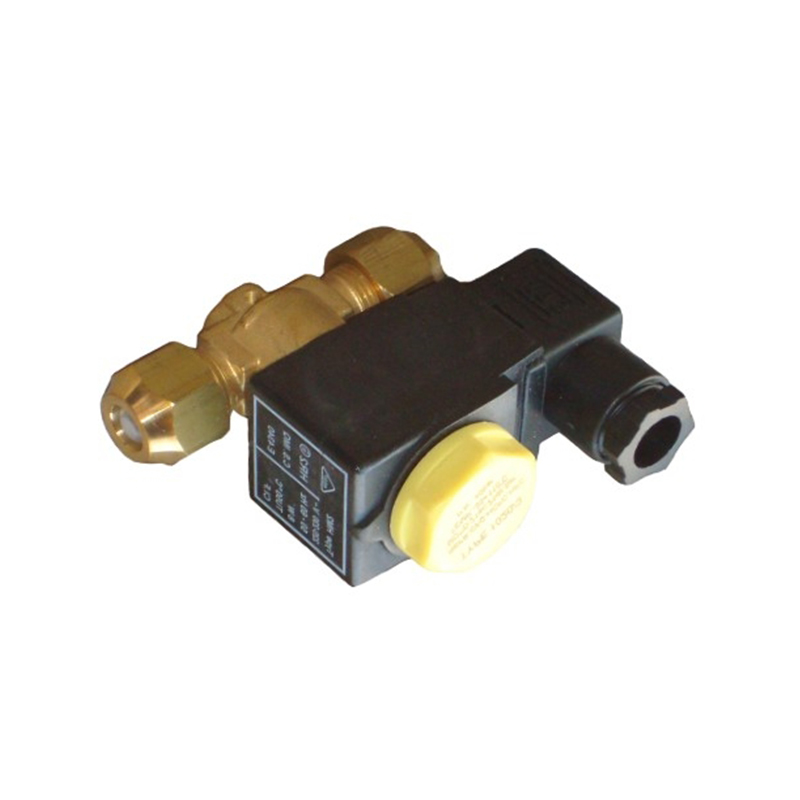What is the effect of the weight of the valve core on the performance of the solenoid valve?
Valve core weight and response speed
The response speed of the solenoid valve is one of the important indicators to measure its performance. During the opening and closing process of the solenoid valve, the valve core needs to complete the transition from static to moving and then to static in a very short time. The weight of the valve core directly affects its inertia, which in turn affects its response speed. Lighter valve cores can respond to the magnetic force of the electromagnet faster due to their small inertia, achieving fast opening and closing. On the contrary, heavier valve cores will produce larger delays during the opening and closing process due to their large inertia, resulting in slower response speed. This delay is particularly obvious in applications that require high frequency and fast switching, which may affect the control accuracy and efficiency of the entire system.
Valve core weight and stability
In addition to the response speed, the weight of the valve core also affects its motion stability. During the operation of the solenoid valve, the valve core needs to maintain a stable motion trajectory and posture to ensure accurate matching and sealing with the valve seat. Heavier valve cores are more susceptible to external interference (such as fluid pressure fluctuations, vibrations, etc.) during movement, resulting in deviation of the motion trajectory or unstable posture. This instability will not only reduce the sealing effect of the solenoid valve, but also increase the wear between the valve core and the valve seat, shortening the service life of the solenoid valve. On the contrary, a lighter valve core is easier to maintain a stable state of motion due to its small inertia, thereby improving the overall performance of the solenoid valve.
Valve core weight and sealing effect
The sealing effect is one of the key indicators of the performance of the solenoid valve. The sealing performance between the valve core and the valve seat directly affects the leakage prevention ability and working reliability of the solenoid valve. The influence of the weight of the valve core on the sealing effect is mainly reflected in two aspects: one is the contact pressure, and the other is the wear of the sealing surface. A heavier valve core can generate a larger contact pressure when closed, which helps to enhance the sealing effect. However, excessive contact pressure may also cause excessive wear of the sealing surface, which in turn reduces the sealing performance. Therefore, when designing a solenoid valve, it is necessary to reasonably determine the weight and contact pressure of the valve core according to the specific application and medium characteristics. On the other hand, although the lighter valve core has a smaller contact pressure, this deficiency can be compensated by optimizing the material and structure of the sealing surface to achieve a good sealing effect.
Valve core weight and service life
The weight of the valve core is also directly related to the service life of the solenoid valve. A heavier valve core will generate greater friction and impact during movement, resulting in increased wear between the valve core and the valve seat. At the same time, a heavier valve core may also increase the burden on the electromagnet, causing the electromagnet to generate more heat and shorten its life. On the contrary, a lighter valve core can reduce friction and impact, reduce the degree of wear, and thus extend the service life of the solenoid valve. In addition, a lighter valve core can also help improve the reliability and stability of the solenoid valve and reduce the probability of failure.


